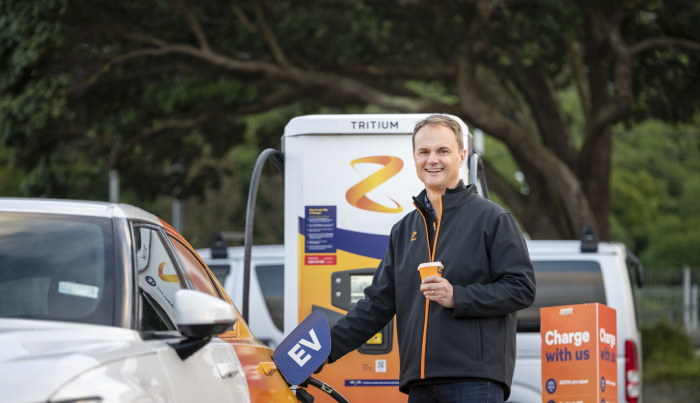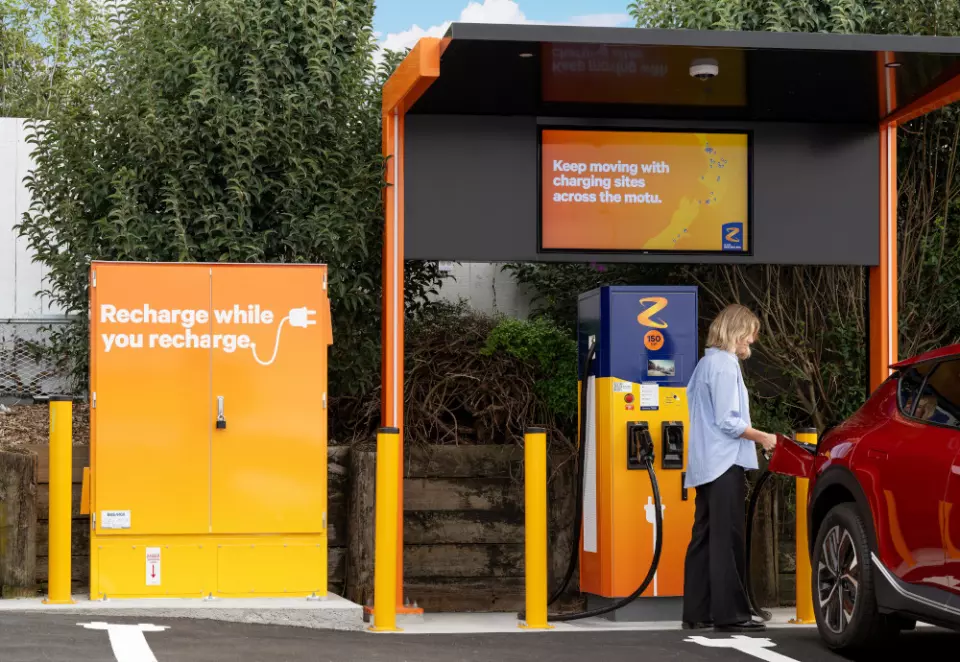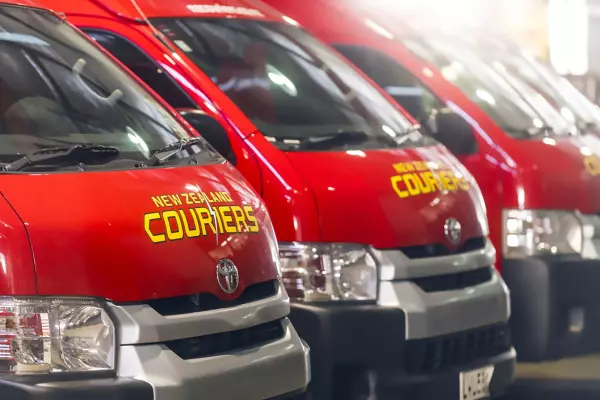Electric vehicles will play a key role in the energy transition, but what is needed to see greater private sector investment in public charging stations?
Low adoption rates of electric vehicles in New Zealand are one barrier to overcome.
Lindis Jones, CEO of Z Energy, says fully electric and plug-in hybrid vehicles make up just over two per cent of the country’s light vehicle fleet.
“My view is that this number would need to rise to be at least 20 per cent to approach commercial viability for a charging network to match the Government’s goal of 10,000 EV charge points by 2030. There is still significant uncertainty around how this will play out” he says. “From a private sector perspective, low EV adoption remains a key barrier to such investment.”
To the end of March this year just 105,000 fully electric and hybrids were on the roads out of a total national light vehicle fleet of over 4.6 million. Despite this, Jones says this year 9.3 per cent of new passenger cars sales have been EV.
He believes Z has a role to help make the energy transition easier for its customers. Z’s strategy is anchored in what the company calls ‘the world of both’ whereby it provides customers and the economy with both the fuels they need, like petrol, while aiming to provide solutions as customers look to make different energy choices.
These solutions include EV charging at home and on the road, innovative electricity offers and investigation of alternative fuels for heavy vehicles and aeroplanes.
“Z supports the Government’s ambition to grow a nationwide EV network of public chargers. Z itself currently has 135 charging bays at 45 of its service stations, with plans to have a total of 150 charging bays by the end of 2024, and we believe a robust public charging network is a core component of the energy transition.”
 Lindis Jones, CEO of Z Energy.
Lindis Jones, CEO of Z Energy.
The most common place to charge EVs is at home but Jones says as the number of EVs on the road increases, this proportion will likely become lower. At the moment, he says, the ratio of public charging bays to EVs is low, with only about one for every 110 vehicles.
“We realise while the energy transition is underway, there is a long way to go. A lot needs to happen, and a lot of challenges need to be solved relatively quickly, otherwise as a country we’ll be very slow into the game of public chargers.”
Along with the low uptake of EVs, Jones says there are several other barriers facing the industry; these include the need to streamline regulatory processes and pricing obstacles, the need for Government support for private investment (especially where take-up and payoff is highly uncertain) and the need for appropriate targeted incentives for EV buyers.
“For charge point operators like Z to invest in and deliver public charging, we believe the Government has a key role in ensuring regulatory settings are fit-for-purpose and that factors such as grid availability are addressed,” he says. “A key issue we have faced has been the cost and time of connections to distribution networks.
“We are dealing with challenging and very complex issues,” he says. “We have 29 lines companies (also known as Electricity Distribution Businesses or EDBs) with several different interested regulators and Government agencies in New Zealand and if, for example, the grid needs upgrading, who is going to pay for that?”
Jones says it is critical a single vision is developed for what an efficient network connection will look like and he is encouraged that a work programme involving the EDBs is underway to address the regulatory barriers.
He says there is also the challenge of investing in EV charging because New Zealand has an average payback of around 10 to 15 years. “This makes it uneconomic for private enterprise to put all the money in now, so we believe a co-financing model with the Government is essential.
“We realise the fiscal constraints the Government has but we look forward to working with them on this as New Zealand needs a greater level of collaboration to achieve our collective ambition.”
Jones however remains optimistic and says New Zealand has an advantage because the industry here started later than in other countries. “EV charging being an early stage-industry here means we can learn from overseas examples of what has worked well and what barriers need to be overcome.”
One insight Z has gained from overseas experience is the importance and value motorists place on having high-capacity chargers available – a factor driving Z to ensure it can offer fast and ultra-fast charging experiences.
“Z is part of an independent regional transport energy company, Ampol Limited, who are also rolling out a public EV charging network in Australia,” he says. “We work collaboratively across the Tasman to share insights and learnings across markets.
“One example is when we look at Australia, we see the value of Government policy targeting passenger vehicle emissions. This is driving greater uptake of EVs and the demand for commercial investment in public charging networks to continue.”
Find out more about EV charging at Z: EV charging – Z Energy






